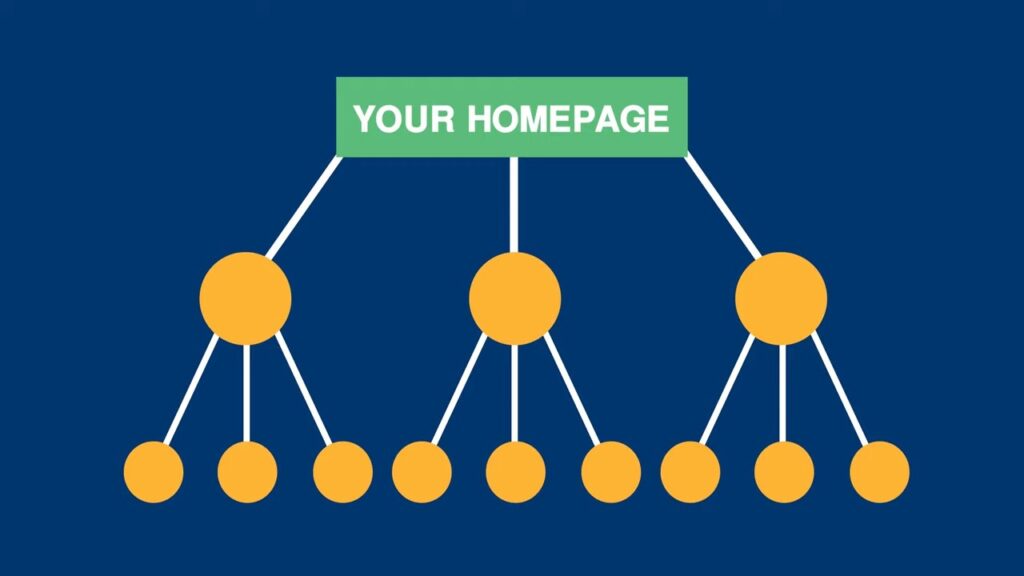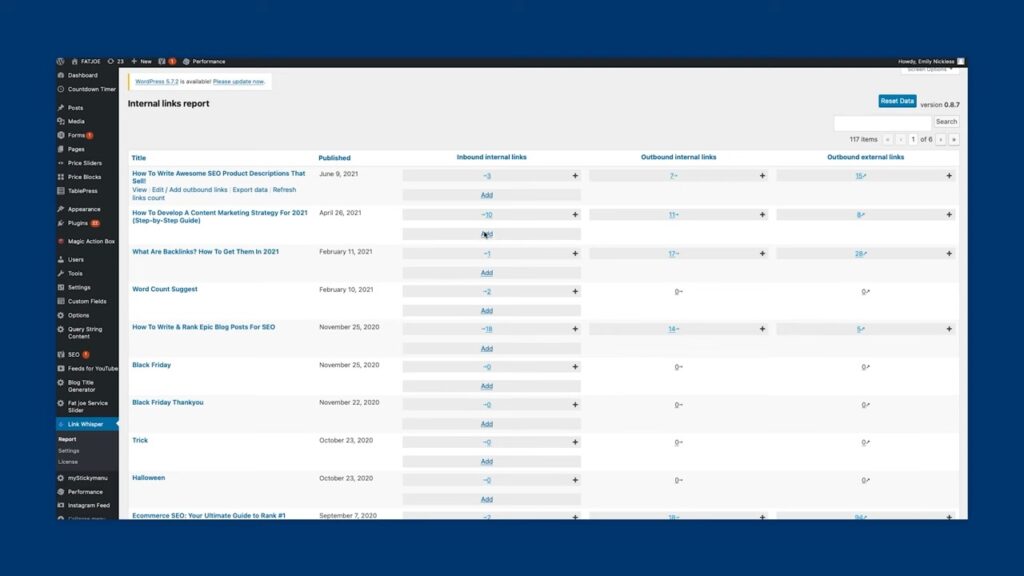Internal linking is arguably one of the best on-page strategies available to improve your SEO. All the great Malaysia SEO experts are using internal linking to their advantage, yet so many website owners are just unaware of the power it holds.
In this article, we’re going to dive in and explore why search engines value internal linking and how to make sure you’re doing it right.
What Is Internal Link?
An internal link is a backlink that is used to navigate from one page on your website to another page within the same domain. Most websites use them for the purpose of referring visitors to relevant content that might be useful to them.
Example: We linked off to our keyword research guide from this guide to writing optimized product descriptions because it’s useful additional information for the reader.
Internal links are pathways through which people move around your site, and keep them on your site longer. Whatever you do to enhance the user experience will be noted by search engines.
Related: Implement these E-E-A-T strategies and rank higher!
Why Are Internal Links Important?

Why are internal links important? Not only can these links help catapult you up in search results, but they can do this relatively quickly.
This includes internal links in strategic places to increase the user’s spent time on your website. This will actually send a message to the search engines that this content is important.
When your most important pages have many relevant internal links, it tells the search engine about the important pages. Internal linking is useful in that it aids search engines in the discovery of new content.
Linking to a new page acts like a notice to the search engines that there is something new here to crawl.
Like any other SEO tactic, internal linking should be done with consideration. If you do it correctly, this may be your ticket to ranking higher and even boosting traffic up to 40%.
Following are a number of best practices to get the most out of your internal linking strategy.
1. Offer Crawlable Link Structure

First, offer a crawlable link structure. You will require an internal structure for linking that is comprehensible, organized, and oriented on the layout of your website.
Search engines can crawl a website from page to page much more easily if the structure within a website is intentional.
You could think of this as your website being like a pyramid: the top is your homepage, and internal links cascade down the pyramid to categories and subcategories.
Alternatively, if you have bigger sites, you can organize your related pages by using a silo structure that’s going to help users and crawlers better navigate your site.
Another could be a network of inter-linking relative pages, but this must be done sparingly to avoid a messy experience.
2. Choose Page Carefully
Second, you have to choose which page to link to very carefully: you want to pass the traffic to the most converting pages-meaning, those bringing in more leads or revenues; these may be the product pages in an eCommerce website or opt-in forms in bloggers.
Placing links in navigation bars or sidebars prominently helps users and search engines notice their importance.
3. Use Proper Anchor Text

Thirdly, use proper anchor text. The anchor text you pick should let the user and the search engine know what the joined page is about. Avoid using the same anchor text for multiple pages.
This will probably create confusion for the users and the search engines themselves. Instead, your anchor text could be unique to a particular page that you link to, so the search engine then knows in what context to rank each of your pages.
4. Link To New Pages
Fourth, link to new pages from existing ones. Any time you add a new page to your website, you should link to it from other relevant pages, as this will help Google index it faster.
A quick “site:” search on Google can easily help you find instances of related keywords on your site, making adding internal links pretty easy.
5. Link To Important Pages

Fifth, link to and from your most important pages: Make use of tools such as Ahrefs or Moz to find the most authoritative pages on your website and begin linking from those high-authority pages to the new or less authoritative ones.
This trickles some of that valuable link equity down to your newer content and boosts rankings.
6. Remove Links To Irrelevant Page
Sixth, remove links to irrelevant pages. Sometimes pages become outdated or irrelevant, and it’s a waste of valuable link equity when multiple internal links point to those pages.
This removal will help Google focus on your more relevant pages. You can make use of tools like Ahrefs to identify such pages and adjust the flow of your internal links.
7. Avoid Too Many Internal Links
Seventh, avoid too many internal links. While internal links are relevant, making too many links on one single page dilutes the equity of each link. This may also confuse users and affect their experience, which could have a negative effect on your SEO rankings.
8. Fix Internal Broken Links
Eighth, fix broken internal links. That is the point: the fact that broken links lead to errors or dead ends for users and search engines.
Tools such as Google Analytics or Ahrefs help find broken internal links, and their fixes should be urgent to keep the focus on smooth navigation and proper indexing.
9. Use Plugins



Finally, internal linking can be facilitated by plugins such as LinkWhisper for WordPress; these will suggest contextual link opportunities based on your content. While these save a great deal of time, the links will always need human review to make sure they make contextual sense.
Master internal linking, and it will yield huge improvements in your ranking and performance of the site. Check out our complete internal linking guide on the website for further reading.



0 Comments